During the second world war, when not only food, but paper and artists’ materials were scarce, Peggy Angus made a virtue of necessity. Potatoes were one of the few foods not rationed, so she began cutting them in half, carving designs into the cut side and printing them onto old newspapers in repeated patterns of oak leaves, smiling suns, waves, chevrons and Welsh dragons. It was with these playful, naïve designs — which she later turned into tiles and wallpapers — that she made her name.
Angus, like Eric Ravilious and Edward Bawden, her contemporaries at the Royal College of Art, moved easily between media: potato prints, silkscreens, oil paintings, watercolours, and ‘stained glass’ made from coloured tissue paper. She illustrated children’s books and contributed designs for the Festival of Britain.
She was head of art for many years at North London Collegiate School and her salary allowed her to rent a shepherd’s cottage in Sussex which she papered from beams to skirting with her own designs.
In his richly illustrated new biography, published to coincide with a retrospective of Peggy’s work at the Towner Gallery in Eastbourne (until 21 September), James Russell evokes a vivid picture of life at Furlongs Farm. There was no electricity, and so light and heat (and not much of it) came from fires and paraffin lamps. Water was drawn from a well and the bucket once brought up a dead cat. Dinner was mostly mutton, much improved by homemade elderflower champagne.
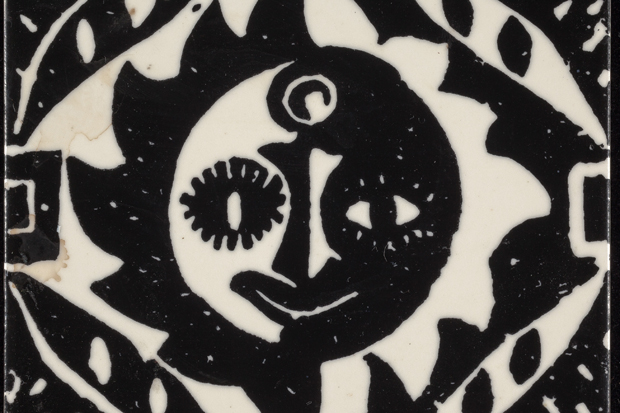
Peggy called the way of life at Furlongs ‘a test of friendship’. Still, her friends, many of them artists, came. Collages would be laid out on the kitchen table and troughs for marbling inks set up on the counter. Her sixth-form students were invited in pairs to spend weekends sketching at the farm. She was a Miss Jean Brodie figure, telling the girls about her visit to Soviet Russia and urging them to go. She was nicknamed ‘the Red Angus’.
How those north London private school girls must have loved her. Peggy’s obituary in the school magazine remembers her ‘in her little red hat and striped jumper, a living mosaic of Matisse-like colour’.
There are perhaps a few too many ‘charmings’ and ‘delightfuls’ in Russell’s text; Peggy’s work is richer and more strange than that. While you would not expect anything more sinister than a bumblebee to emerge from William Morris’s vines, you feel sure there could be a Grendel lurking in Peggy’s bracken.
If you have ever spent a happy afternoon at school in a high-ceilinged art room, Russell’s book will recall you irresistibly to the claggy feel of wet clay, the smell of turpentine, ink under fingernails and the art teacher who smiled on hopeless still-lives and lopsided pots.
Got something to add? Join the discussion and comment below.
Get 10 issues for just $10
Subscribe to The Spectator Australia today for the next 10 magazine issues, plus full online access, for just $10.
Available from the Spectator Bookshop, £22.50, Tel: 08430 600033
You might disagree with half of it, but you’ll enjoy reading all of it. Try your first month for free, then just $2 a week for the remainder of your first year.


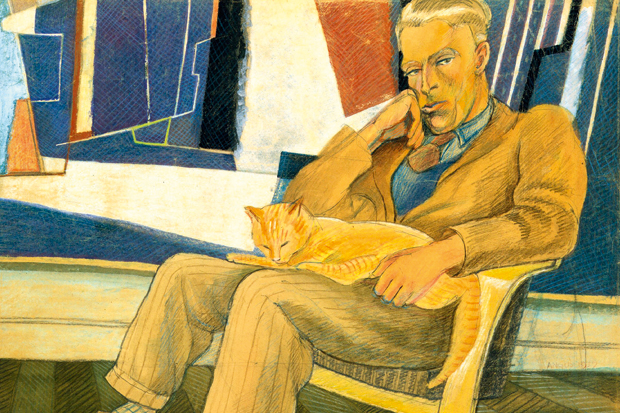
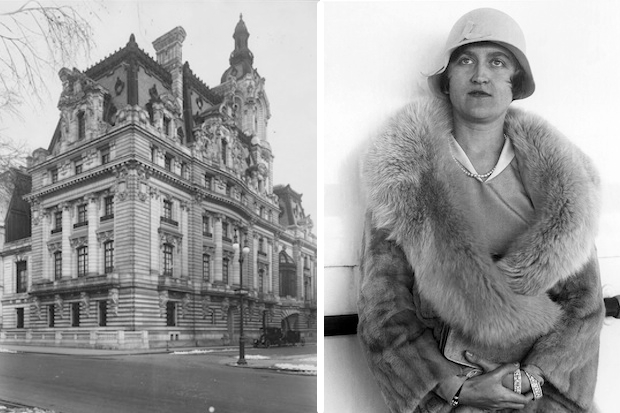
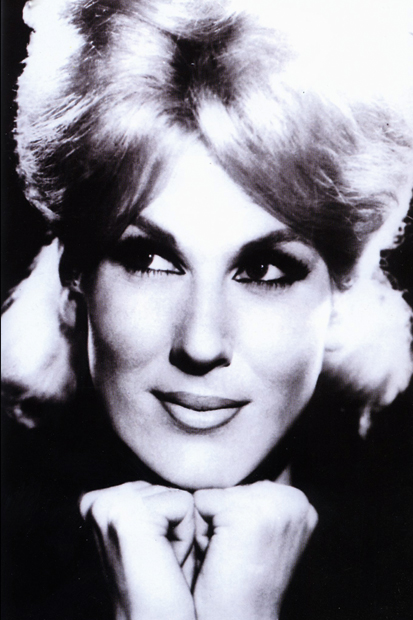

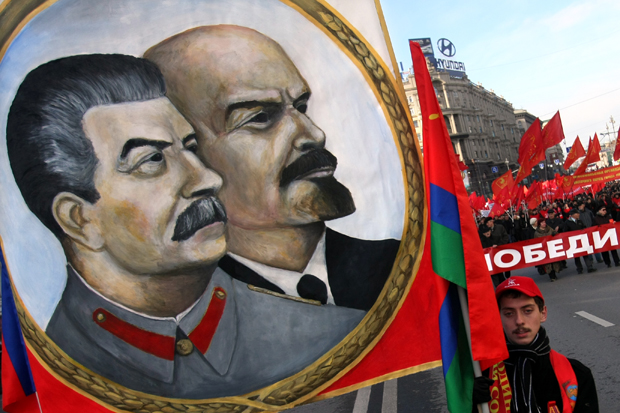





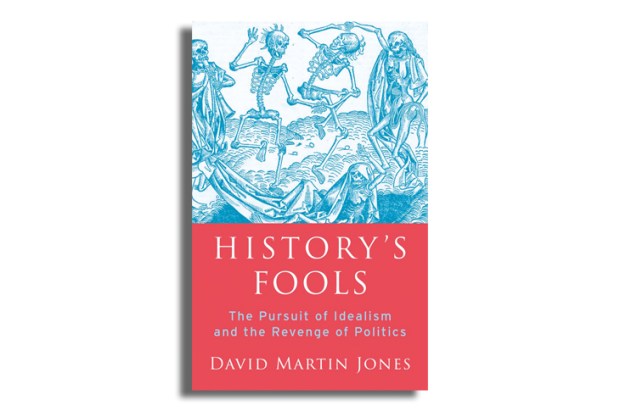


Comments
Don't miss out
Join the conversation with other Spectator Australia readers. Subscribe to leave a comment.
SUBSCRIBEAlready a subscriber? Log in